Soil Health
43 posts

The Living Soil: Building Healthy Soil Ecosystems for Thriving Gardens
Soil is much more than just dirt—it’s a dynamic, living ecosystem teeming with life. Beneath the surface of every garden is a complex web of organisms, nutrients, and minerals that …
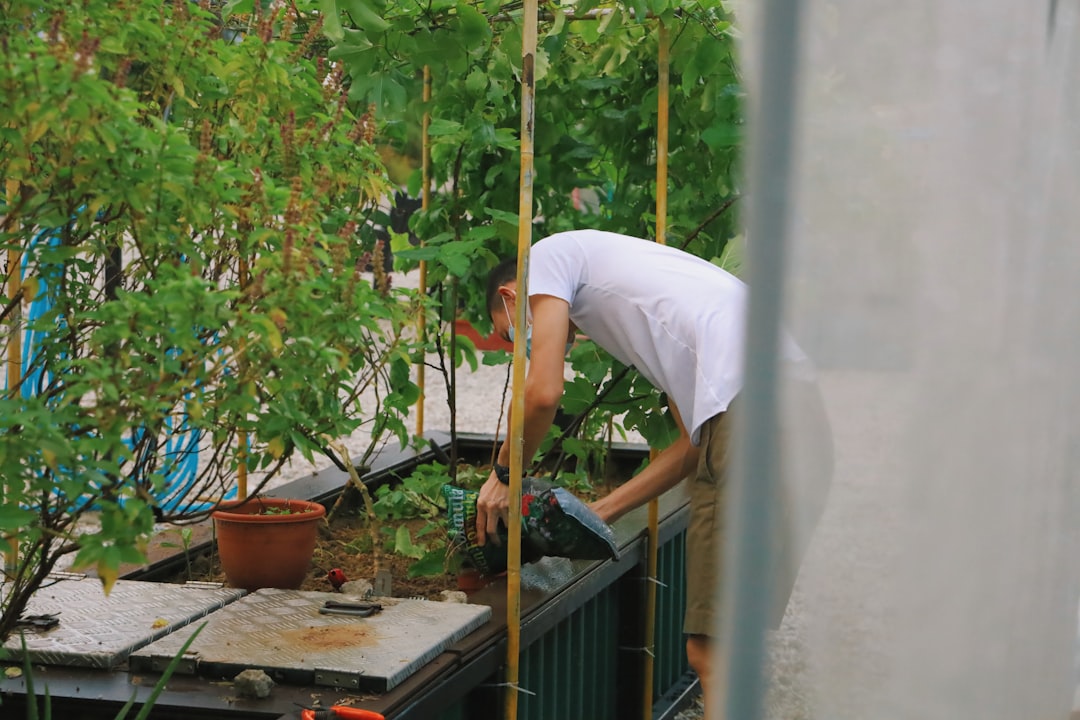
The Long-Term Benefits of Investing in Soil Health
Healthy soil is the foundation of productive agriculture, resilient ecosystems, and sustainable food systems. However, soil degradation is a growing global issue due to erosion, nutrient depletion, and unsustainable …
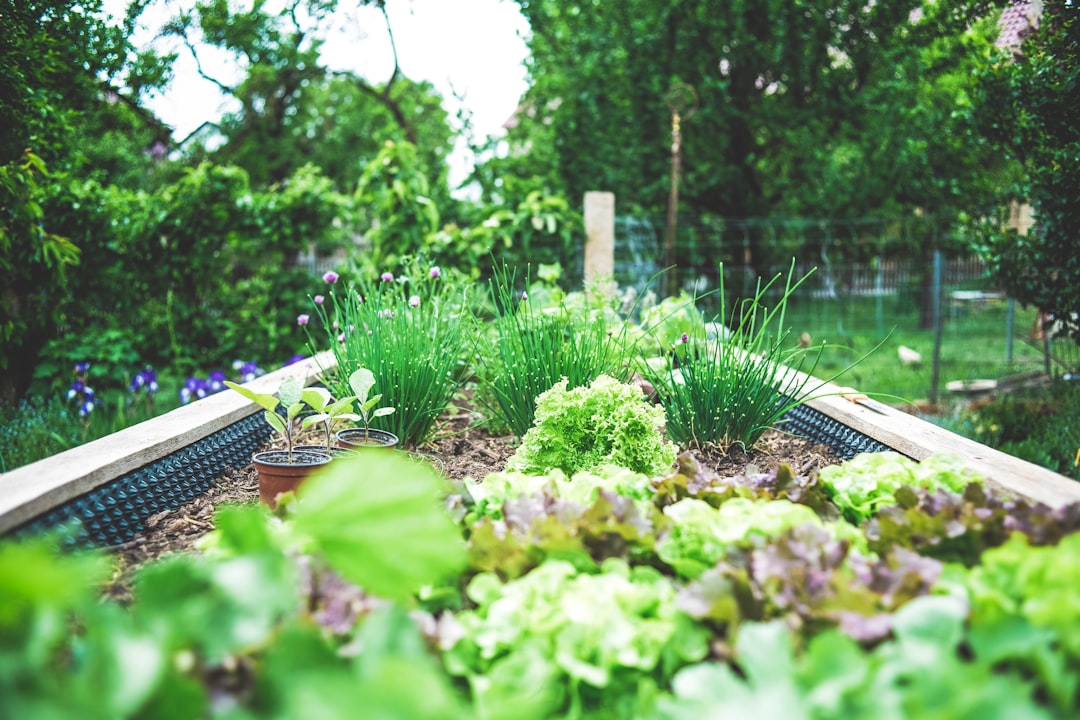
Connecting with Local Soil Health Initiatives and Organizations
Healthy soil is the foundation of productive farms, thriving gardens, and resilient ecosystems. Yet, maintaining and improving soil health requires more than just individual effort—it thrives on community collaboration, knowledge-sharing, …
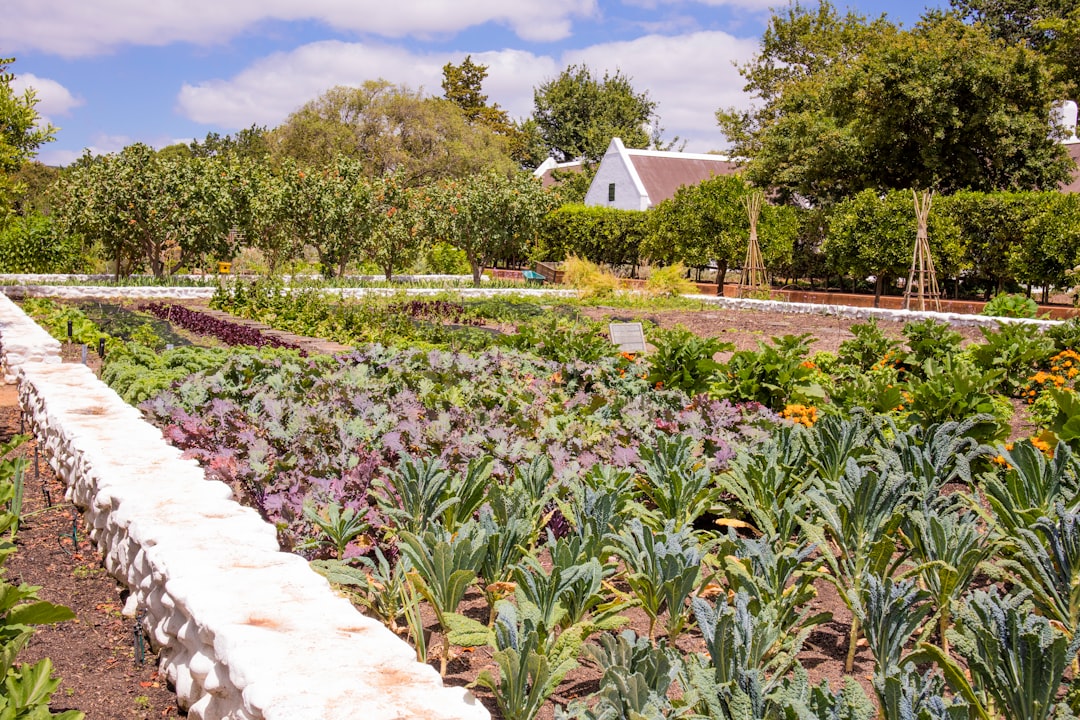
The Benefits of Local Soil Amendments and Resources
Improving soil health is essential for strong plant growth, water retention, and nutrient availability. While commercial fertilizers and amendments are widely available, using local soil amendments can be more …
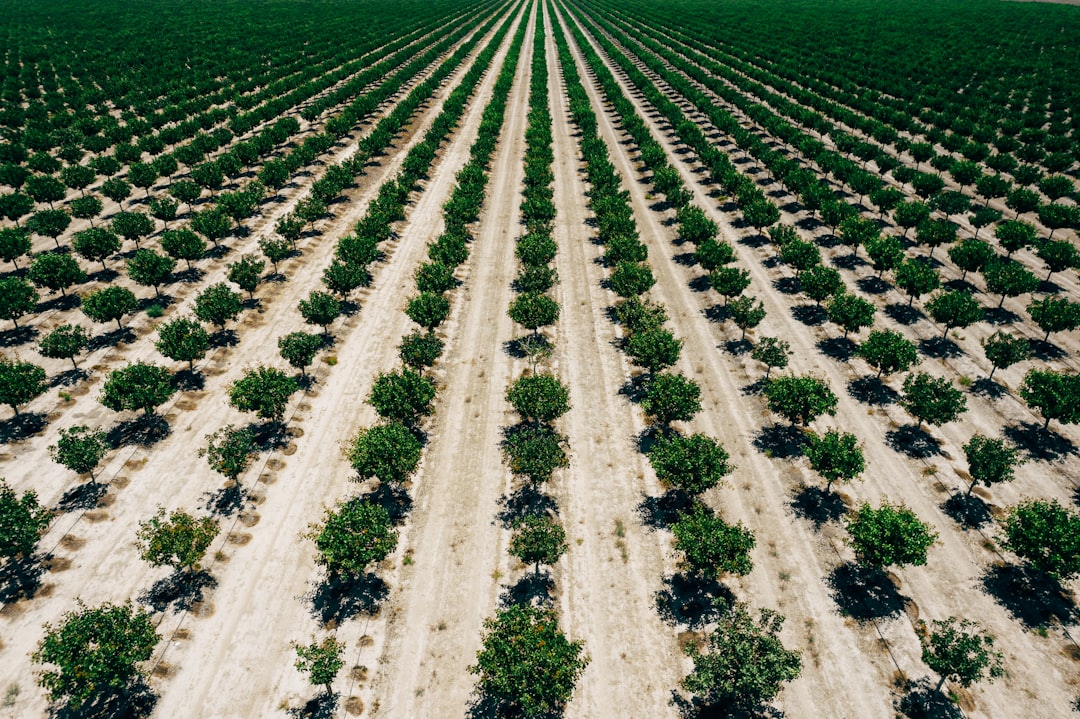
DIY Soil Health Tests You Can Perform at Home or on the Farm
Understanding your soil’s health is essential for growing strong, productive plants. While professional lab tests provide in-depth data, you don’t need expensive equipment to assess your soil. Simple, do-it-yourself …
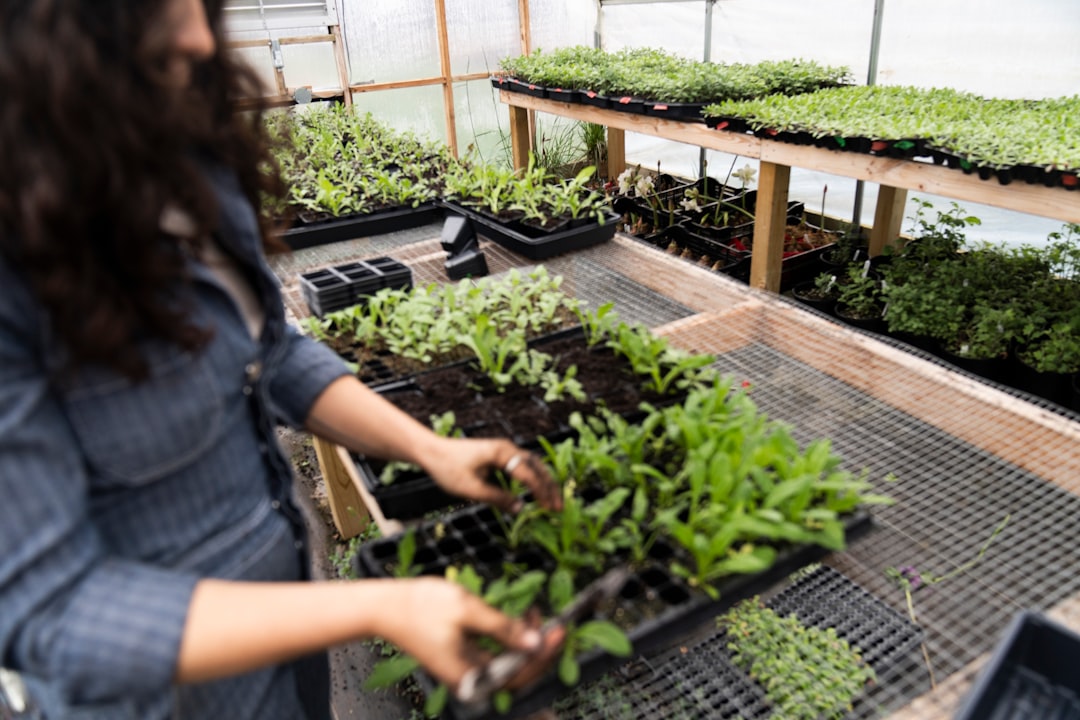
Simple Steps You Can Take Today to Improve Your Soil Health (Whether You’re a Farmer or Home Gardener)
Healthy soil is the foundation of productive gardens and farms. Whether you're growing vegetables in your backyard or managing a large farm, taking small steps today can lead to long-term …
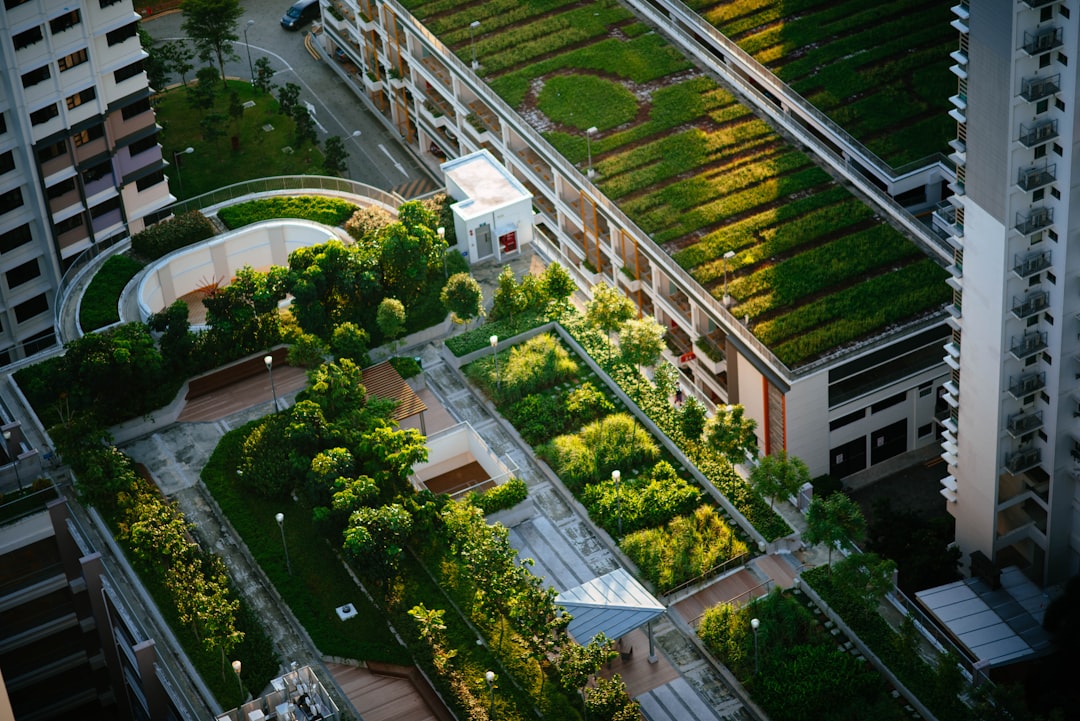
Addressing Soil Health Challenges in Urban Gardening
Urban gardening is a powerful way to bring greenery, fresh food, and biodiversity into city environments. However, growing healthy plants in an urban setting comes with unique soil challenges. Compacted …

Improving Soil Health in Arid and Semi-Arid Regions
Soil health is crucial in arid and semi-arid regions, where low rainfall, high evaporation rates, and limited organic matter make it challenging to maintain soil fertility and productivity. These …
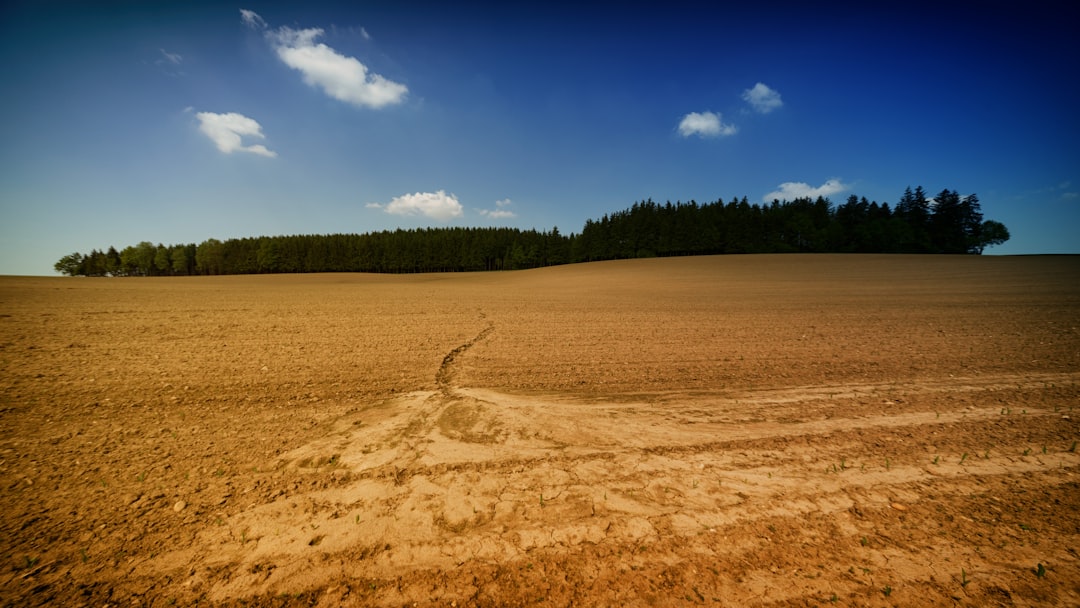
Strategies for Building Soil Health in Temperate Zones
Soil health is the foundation of sustainable agriculture and thriving ecosystems. In temperate zones—regions with distinct seasons and moderate climates—maintaining and improving soil health is essential for long-term productivity and …

Soil Health Management in Tropical Environments
Tropical regions are home to some of the world’s most biodiverse ecosystems and productive agricultural systems. These areas, characterized by high rainfall, warm temperatures, and rich biodiversity, support the growth …

The Loss of Soil Biodiversity and Its Consequences
Soil is often referred to as the "foundation of life". Beneath the surface, a complex world of organisms—ranging from microorganisms to insects—plays a crucial role in maintaining soil health …
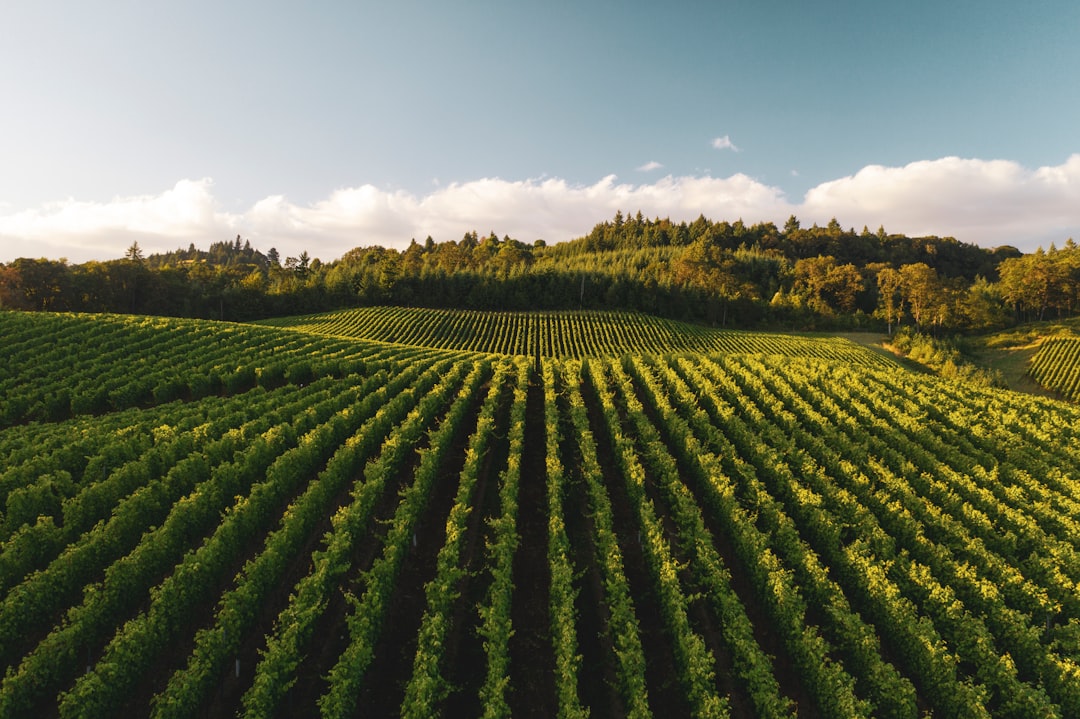
The Impact of Monoculture Farming on Soil Health
Monoculture farming, the practice of growing a single crop species on the same plot of land year after year, has become the backbone of modern industrial agriculture. While it offers …
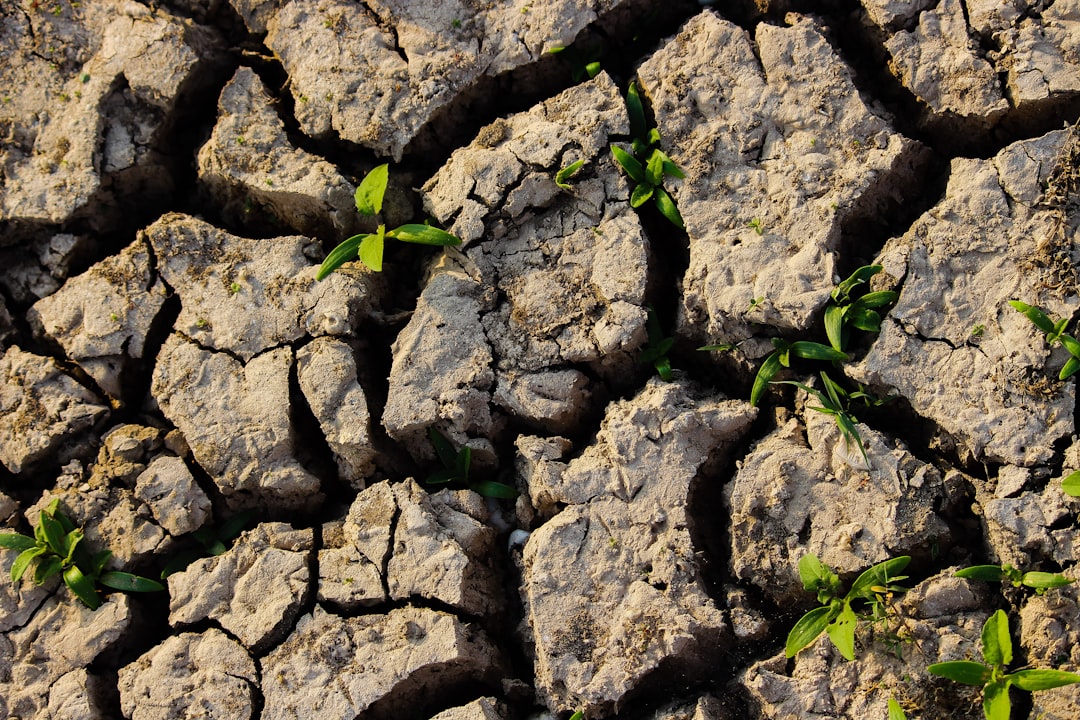
Soil Contamination: Sources and Remediation Strategies
Soil contamination is one of the most significant environmental issues that affect the health of ecosystems, agriculture, and even human well-being. Over time, human activities have introduced …
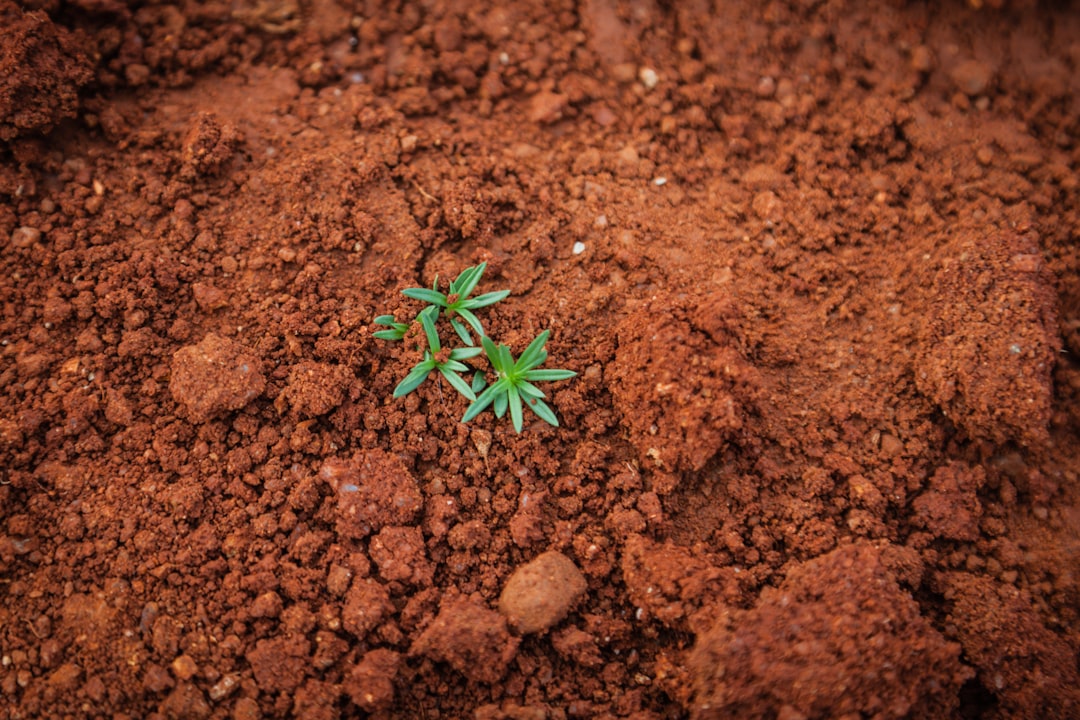
Soil Salinization: Challenges in Arid and Irrigated Regions
Soil salinization is an increasing global problem that threatens the health of agricultural land and the sustainability of food production systems. It occurs when salts accumulate in the soil …
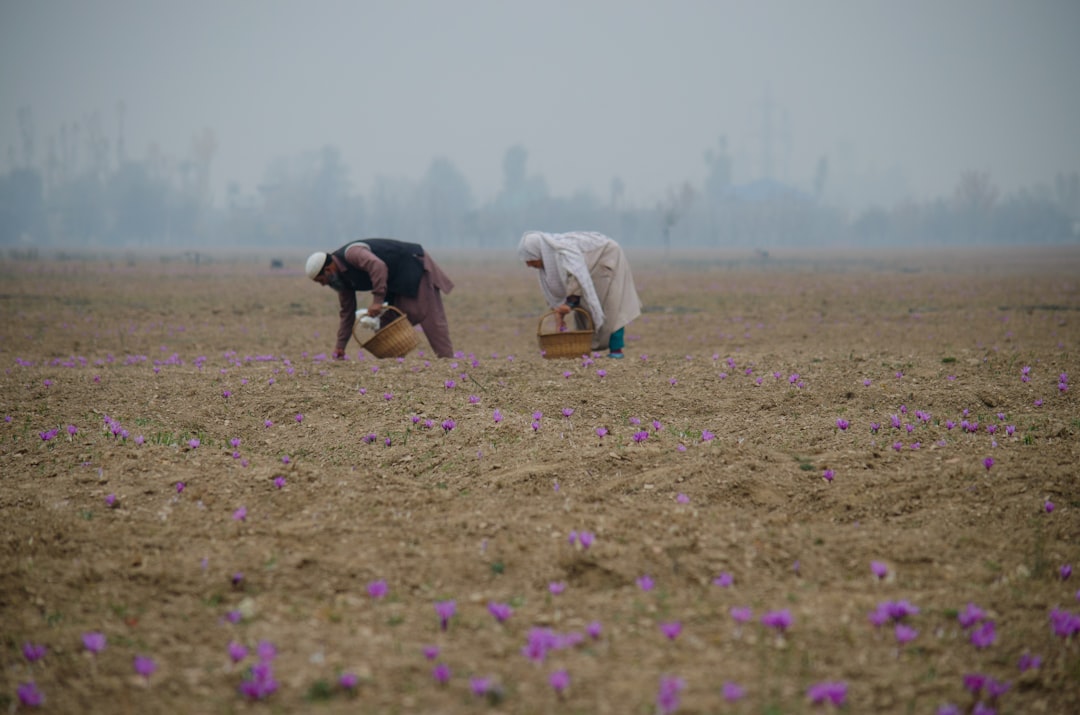
Soil Salinization: Challenges in Arid and Irrigated Regions
Soil salinization is an increasing global problem that threatens the health of agricultural land and the sustainability of food production systems. It occurs when salts accumulate in the soil …

Soil Compaction: Its Effects on Plant Growth and Water Infiltration
Soil is more than just dirt—it’s a living, breathing ecosystem that supports plant life. However, when soil becomes compacted, its ability to sustain healthy plant growth and absorb water …

Soil Erosion: Causes, Impacts, and Prevention Strategies Worldwide
Soil erosion is one of the most pressing environmental challenges globally, affecting food security, water quality, and biodiversity. As fertile topsoil is washed or blown away, agriculture, ecosystems, and …
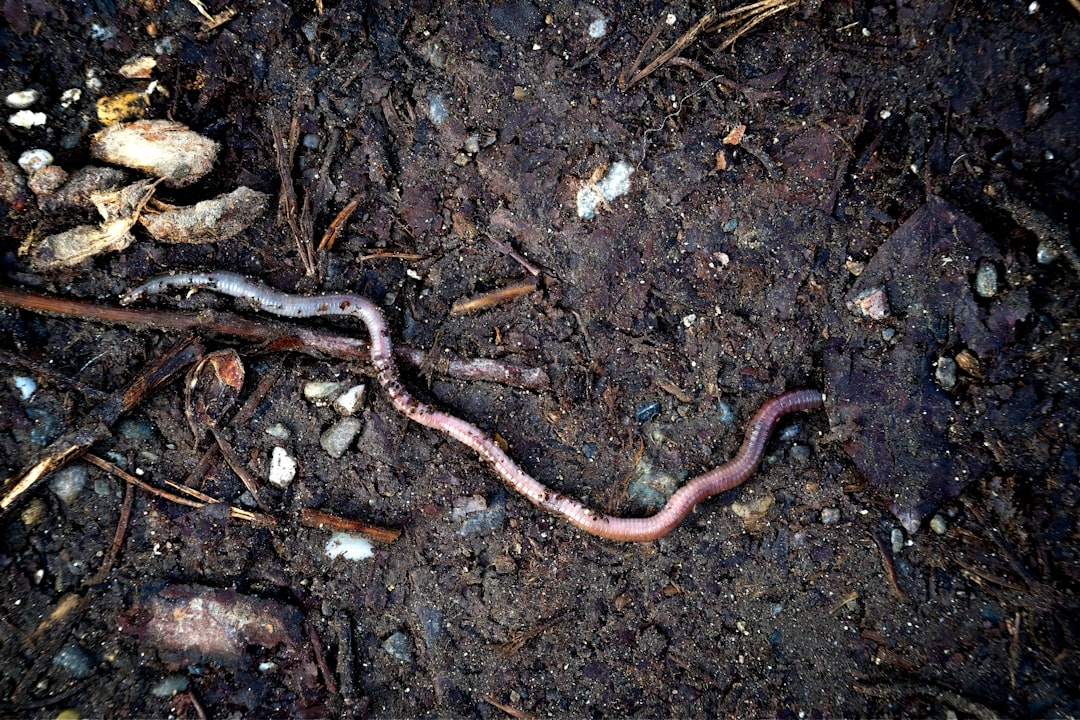
Earthworms as Indicators of Soil Health: Their Role and How to Encourage Them
Healthy soil is alive, teeming with microorganisms, fungi, and beneficial creatures—including earthworms. These humble soil dwellers play a vital role in maintaining soil structure, fertility, and water infiltration …

Water Infiltration Rates: A Key Indicator of Soil Function
Water is essential for healthy soil and plant growth, but how well soil absorbs and retains water depends on its infiltration rate. Water infiltration rate is the speed at …

Visual Indicators of Healthy vs. Degraded Soil
Soil health is the foundation of productive gardening and farming. But how can you tell if your soil is thriving or in decline? While laboratory soil tests provide precise data, …

The Role of Soil Biology Testing in Evaluating Soil Health
Healthy soil is more than just a mix of sand, silt, and clay—it is a living ecosystem filled with billions of microorganisms that drive essential soil processes. Soil biology testing …

Understanding Soil Organic Matter Testing and Its Significance
Soil organic matter (SOM) plays a crucial role in soil health, influencing fertility, structure, water retention, and microbial activity. Whether you’re a home gardener, a farmer, or a soil …
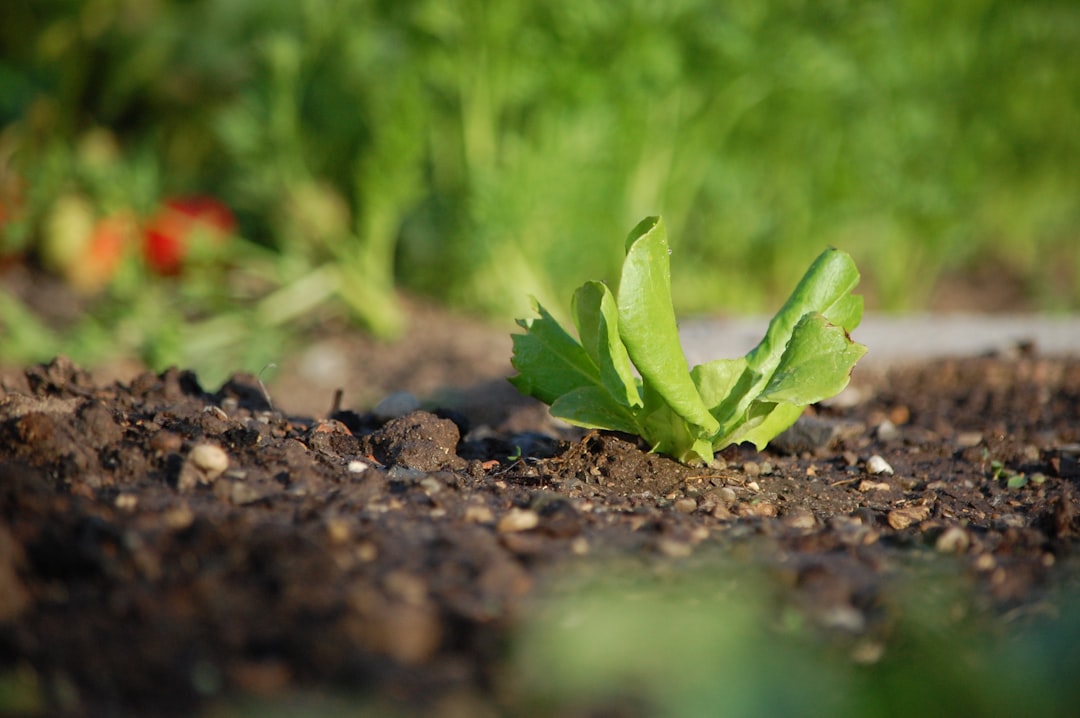
Assessing Soil Structure: Simple Tests You Can Do at Home or on the Farm
Understanding your soil structure is essential for maintaining healthy plants, improving drainage, and optimizing soil fertility. Whether you're a backyard gardener or a farmer managing large fields, simple DIY soil …

Creating Raised Beds for Better Soil Control and Drainage
Raised beds are a game-changer for gardeners looking to improve soil health, optimize drainage, and maximize plant productivity. Whether you have poor native soil, drainage issues, or simply want a …
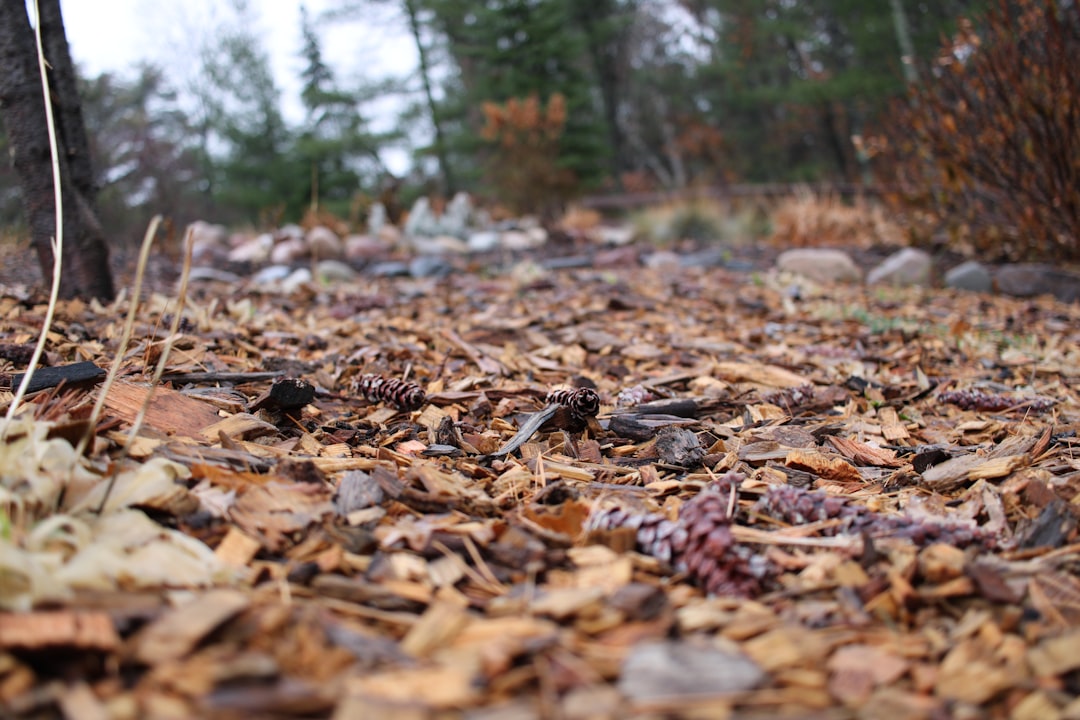
Mulching for Soil Health: Protecting the Soil Surface and Conserving Moisture
Mulching is one of the simplest and most effective ways to improve soil health, conserve moisture, and protect your garden. Whether you’re growing vegetables, flowers, or trees, applying mulch can …
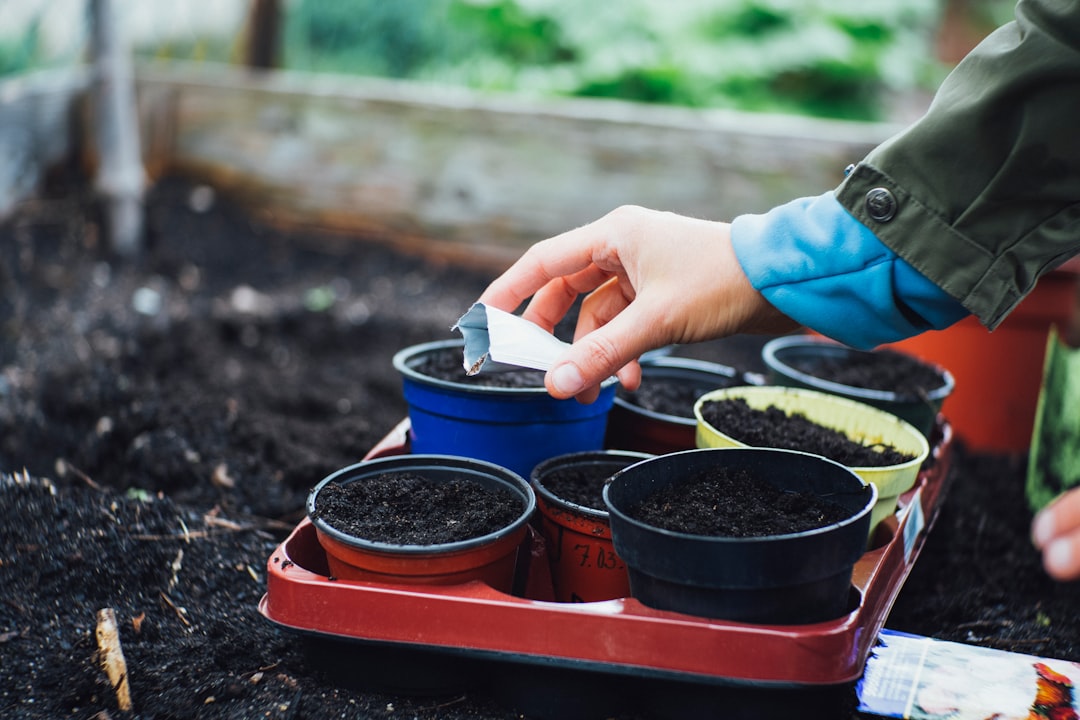
The Importance of Compost for Building Healthy Garden Soil
Compost is often called "black gold" for a good reason. It enriches soil, improves structure, and supports a thriving ecosystem of beneficial microbes. Whether you're an experienced gardener or just …

Enhancing Sandy Soil: Tips for Retaining Moisture and Nutrients
Sandy soil presents unique challenges for gardeners. While it drains quickly and is easy to work with, it struggles to retain moisture and essential nutrients, making it difficult for plants …
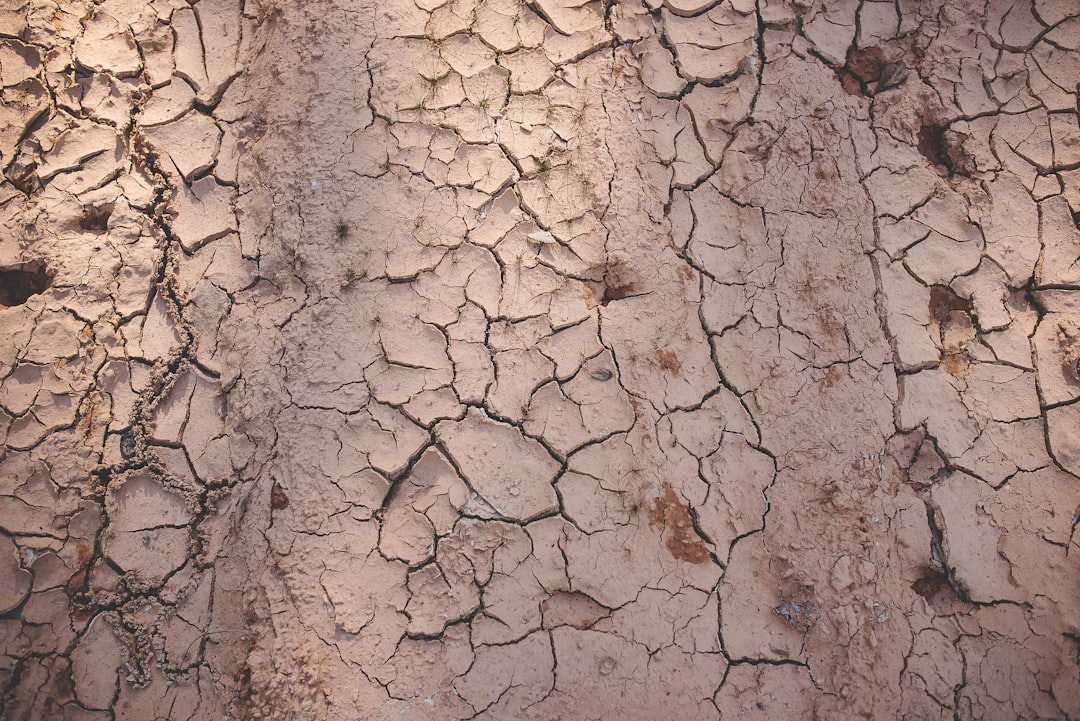
Improving Clay Soil in Your Garden: Methods for Better Drainage and Aeration
If you’ve ever struggled with heavy, compacted, and poorly draining soil, chances are you’re dealing with clay soil. While clay soil can be rich in nutrients, it also presents challenges …
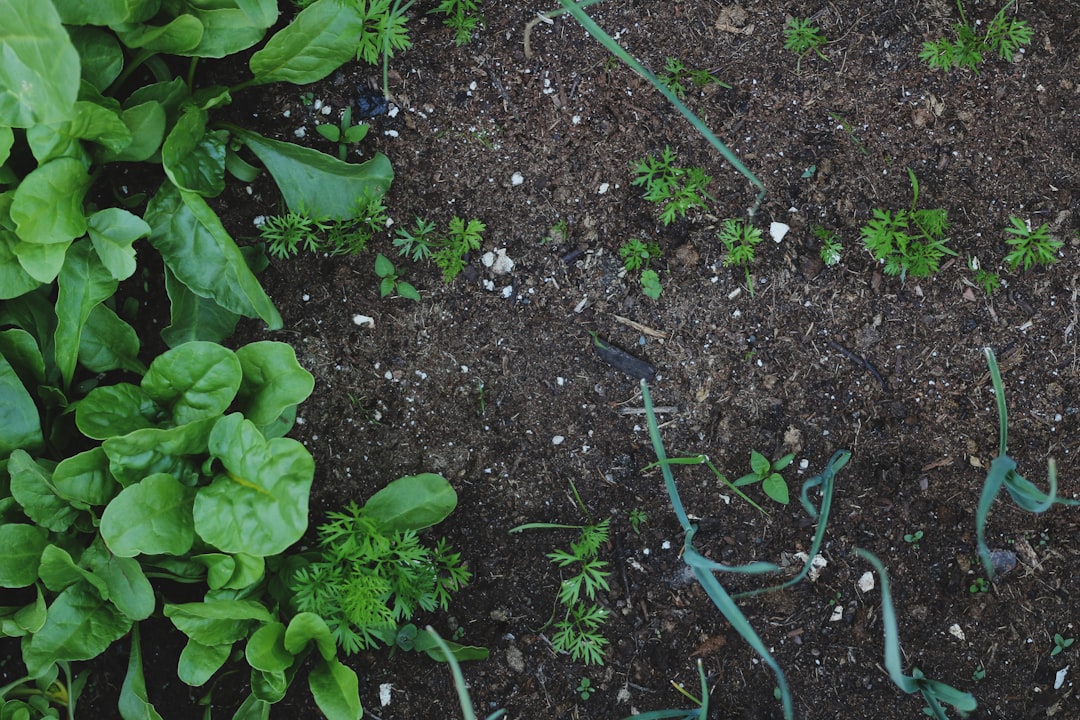
Building Healthy Garden Soil from Scratch: Amendments and Techniques for Beginners
Creating and maintaining healthy soil is the foundation of a thriving garden. Whether you're starting from an empty plot or revitalizing a neglected garden bed, building healthy soil is essential …
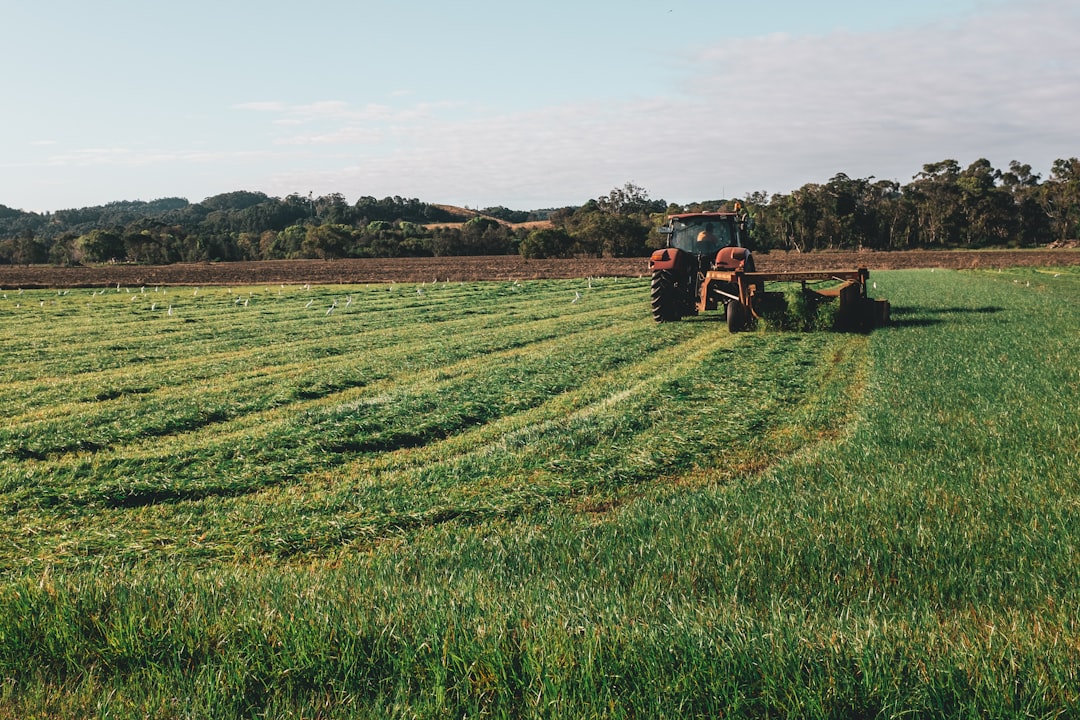
Precision Agriculture and Soil Health: Using Data to Optimize Soil Management Practices
Soil is the cornerstone of agricultural productivity. Healthy soil is essential for growing crops, sustaining ecosystems, and ensuring food security for a growing global population. However, maintaining soil health in …

The Role of Green Manures and Biofertilizers in Sustainable Soil Management
Soil health is the foundation of any successful agricultural system. With the growing concern over soil degradation, nutrient depletion, and environmental sustainability, innovative and eco-friendly farming practices have gained momentum. …
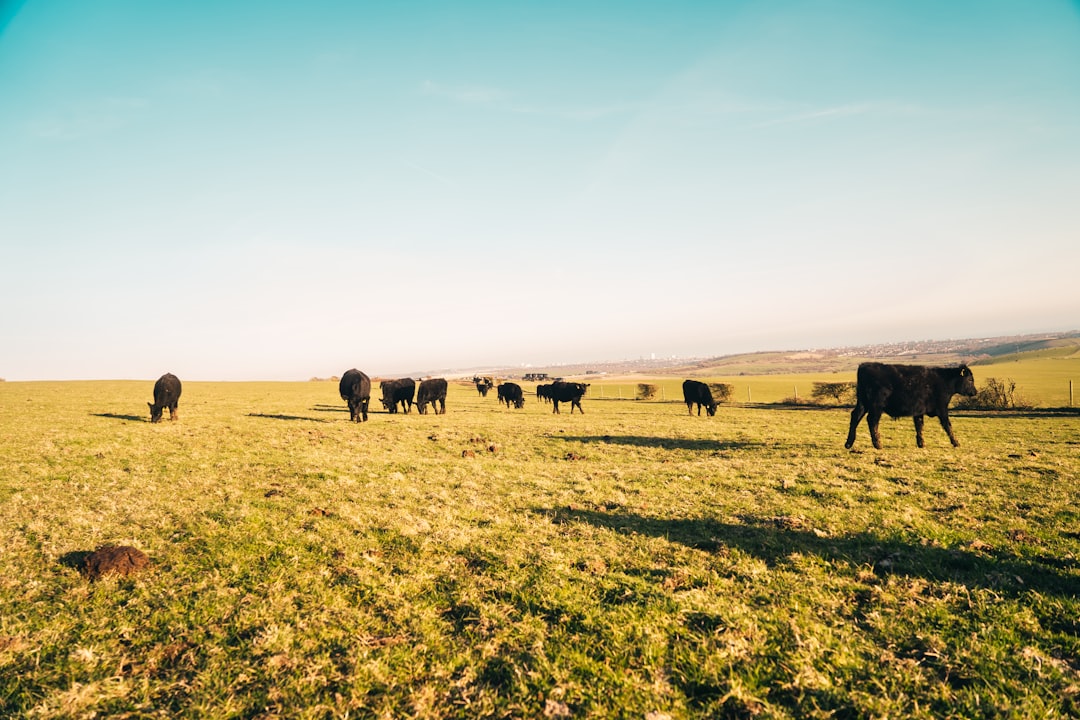
Integrating Livestock into Cropping Systems: The Benefits of Managed Grazing for Soil Health
In the quest for sustainable agriculture, farmers are increasingly turning to integrated systems that combine livestock and crops. One of the most effective ways to do this is through managed …

Crop Rotation and Diversification: Breaking Pest and Disease Cycles and Enhancing Soil Fertility
In the world of sustainable agriculture, few practices are as effective and time-tested as crop rotation and diversification. These techniques not only contribute to healthier soil but also help farmers …

Cover Cropping: A Powerful Tool for Improving Soil Health Between Cash Crops Globally
Agricultural sustainability is a growing concern worldwide as farmers face soil degradation, climate change, and declining biodiversity. One of the most effective and time-tested methods to combat these issues is …
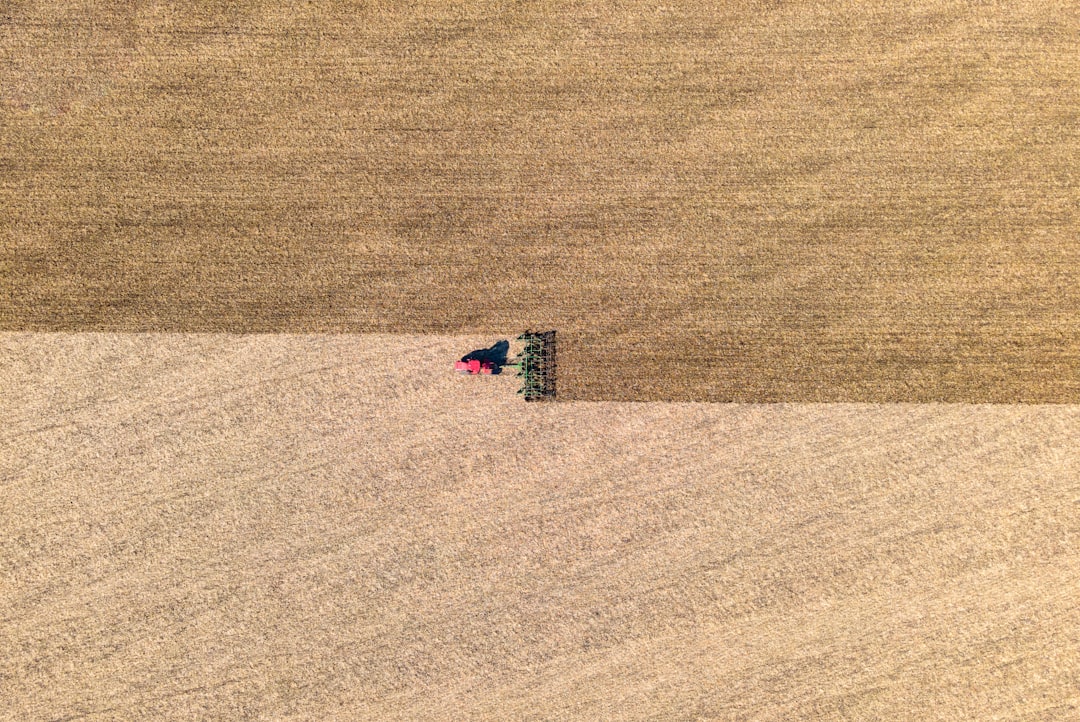
No-Till and Reduced Tillage Farming: Protecting Soil Structure and Enhancing Biological Activity
In modern agriculture, soil health is paramount to sustaining long-term productivity and environmental balance. Among the most effective strategies for preserving soil integrity and fostering a thriving ecosystem beneath the …
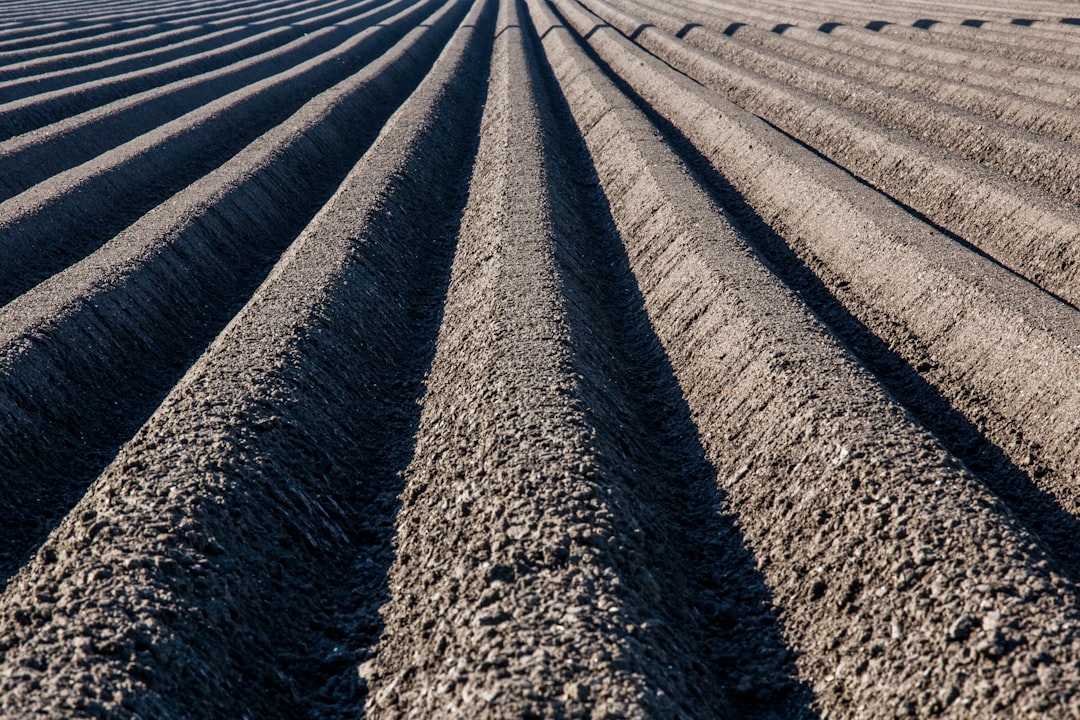
The Importance of Soil pH and Nutrient Availability for Healthy Plants
When it comes to gardening, farming, or simply maintaining a lush green lawn, soil health is a critical factor in plant growth. One of the most crucial aspects of soil …
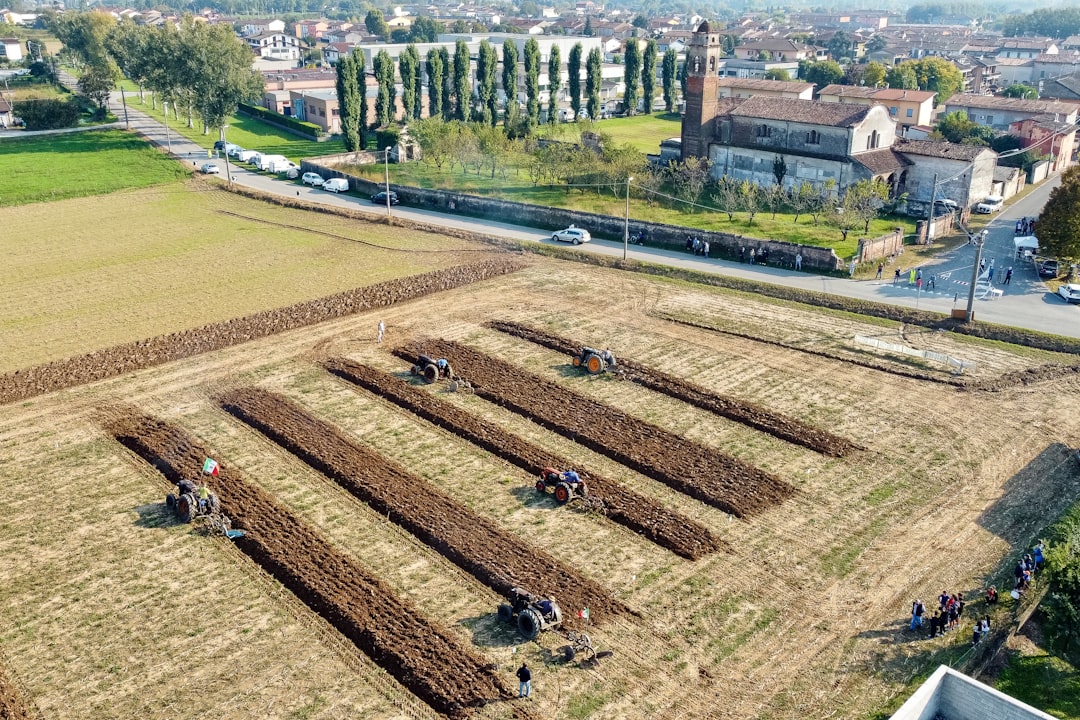
Understanding Soil Texture and Structure: How They Impact Plant Growth and Water Movement
Soil is the foundation of all plant life, serving as a source of nutrients, water, and stability. Two key factors that influence soil's ability to support healthy plant growth are …
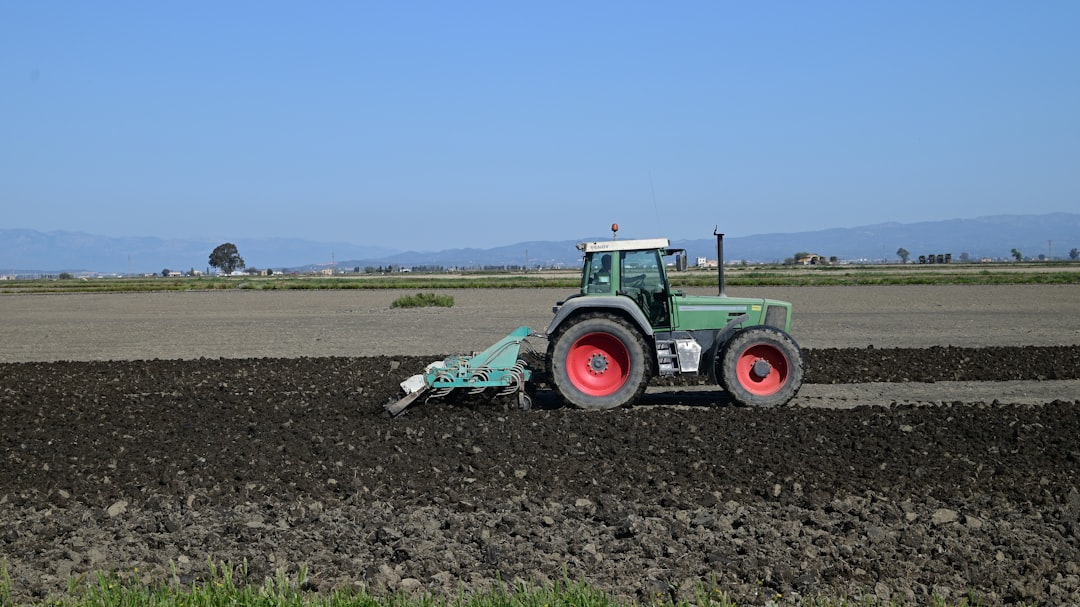
The Benefits of Organic Matter in Soil: Enhancing Structure, Fertility, and Water Holding Capacity
Healthy soil is the foundation of productive agriculture and sustainable ecosystems. One of the key components that contribute to soil health is organic matter. Composed of decomposed plant and animal …
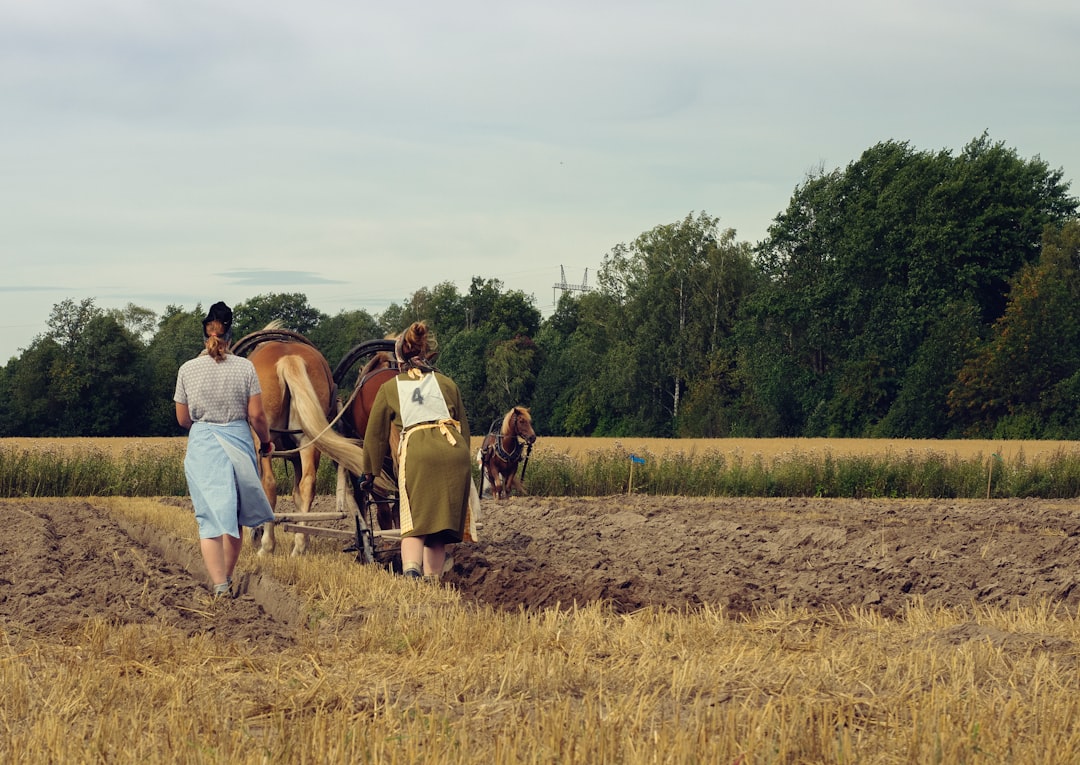
The Soil Food Web: Understanding the Interconnected World of Soil Organisms and Their Importance
When we think about soil, we often consider it as just dirt—a medium for plants to grow. However, beneath our feet lies a complex and dynamic ecosystem known as the …
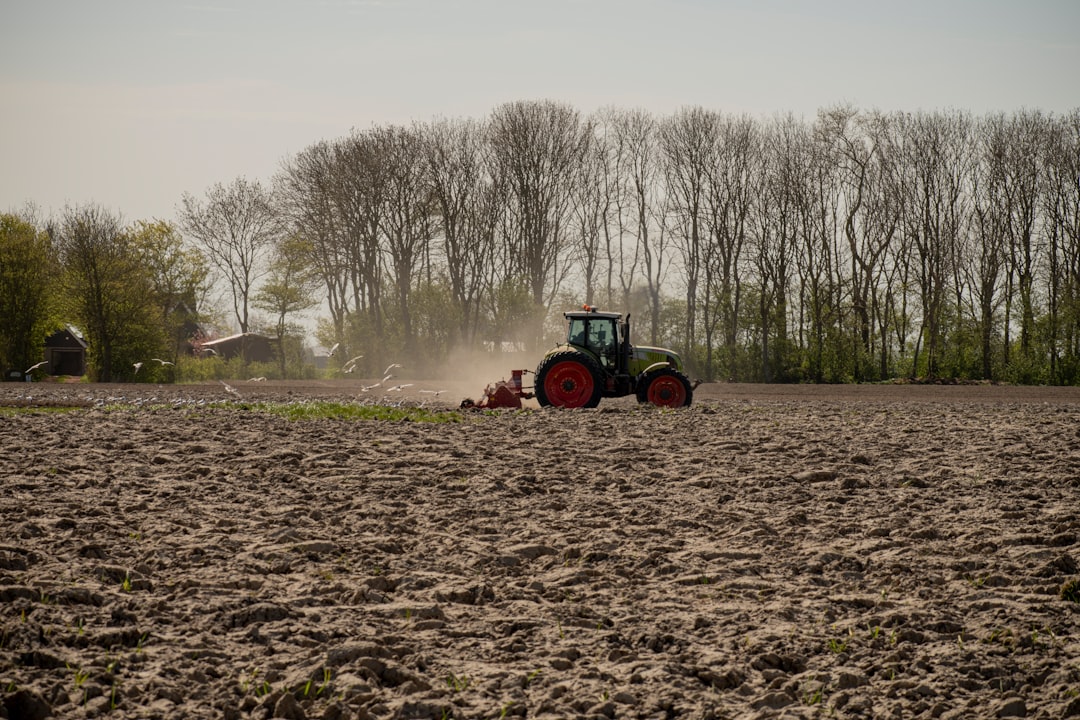
Why Soil Health Matters: Its Crucial Role in Food Security, Water Retention, and Climate Resilience
Introduction
Soil is the foundation of life on Earth. It nurtures the food we eat, supports ecosystems, and plays a critical role in regulating the planet’s climate. Yet, soil health …
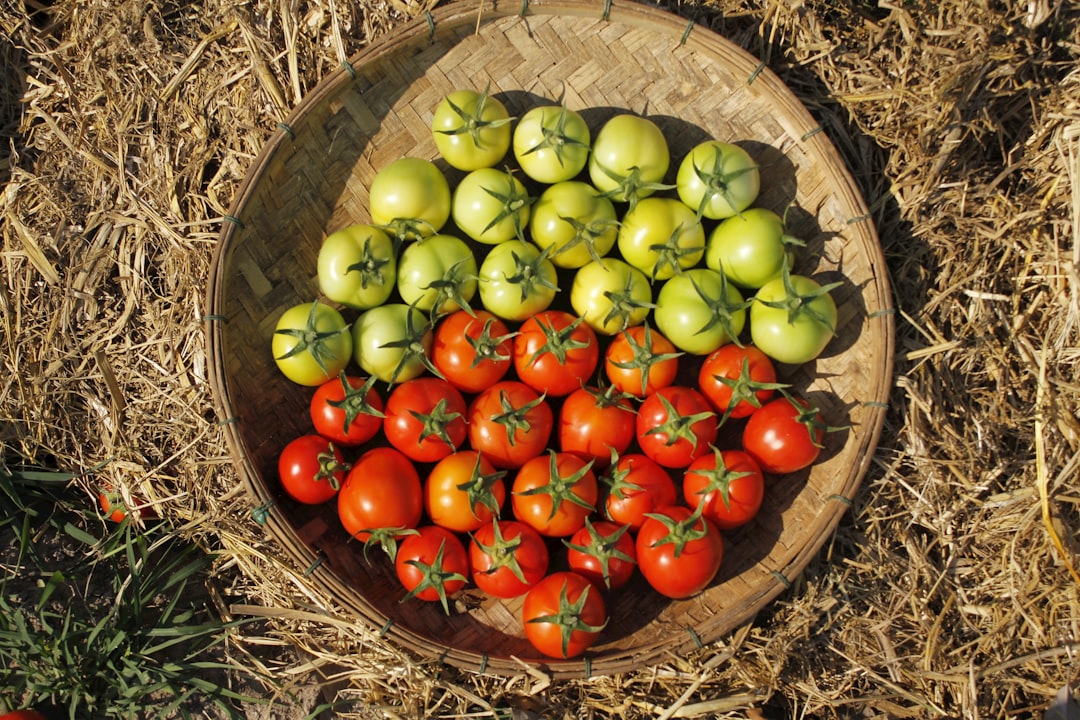
What is Soil Health? Defining the Biological, Chemical, and Physical Properties of Living Soil
Soil is more than just dirt beneath our feet—it is a living, breathing ecosystem that supports plant life, stores carbon, filters water, and sustains biodiversity. Healthy soil is fundamental to …
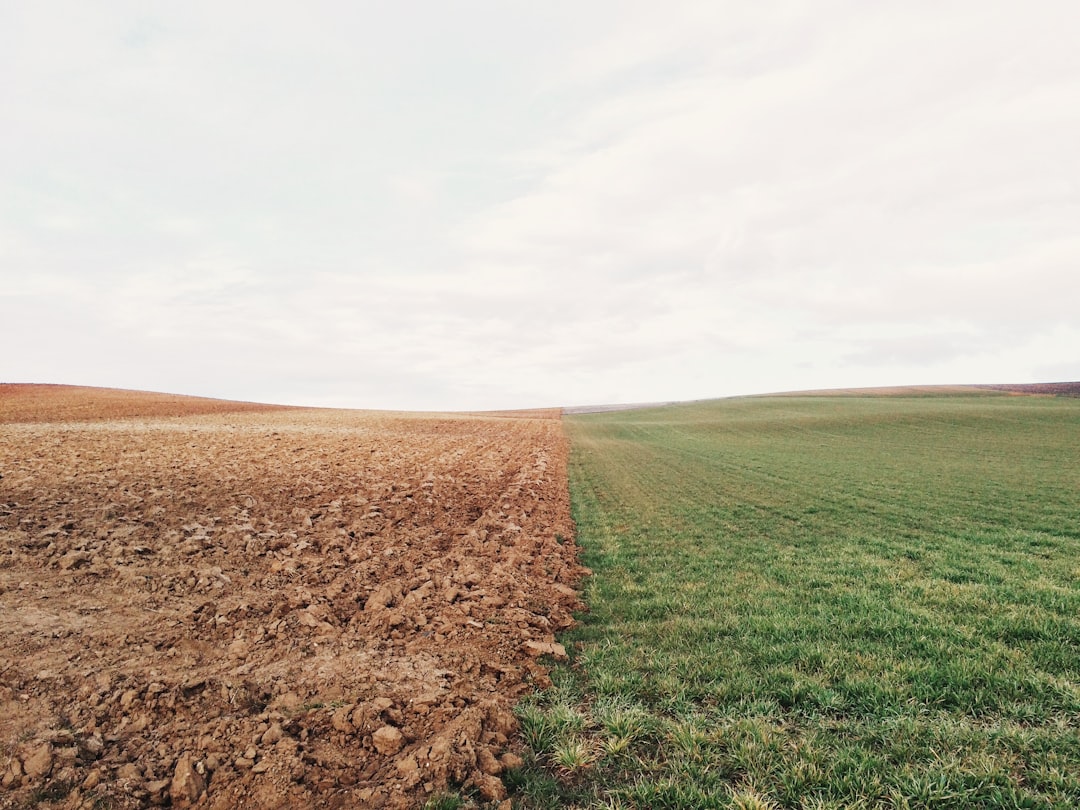
Cover Cropping: A Farmer's Best Friend for Soil Health
Cover cropping is a powerful tool in modern agriculture, offering numerous benefits for soil health, fertility, and erosion control. By incorporating …
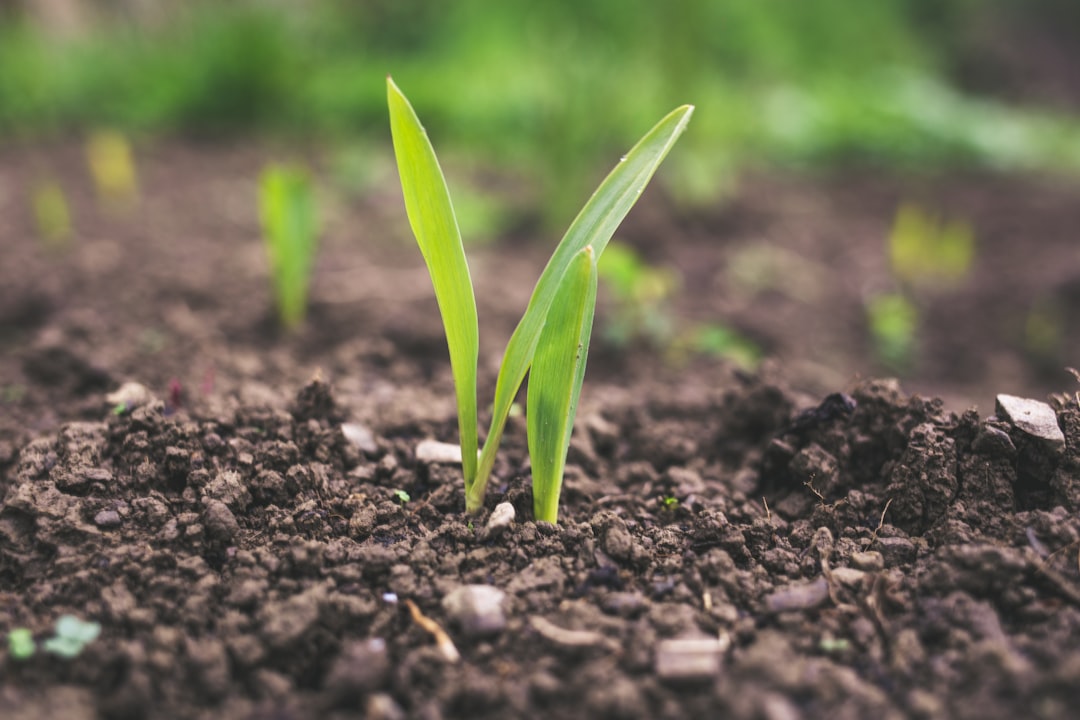
How does intercropping impact soil health
Intercropping, the practice of growing multiple crops together, has a profoundly positive impact on soil health. By integrating diverse plant species, farmers can enhance soil structure, increase nutrient availability, and …